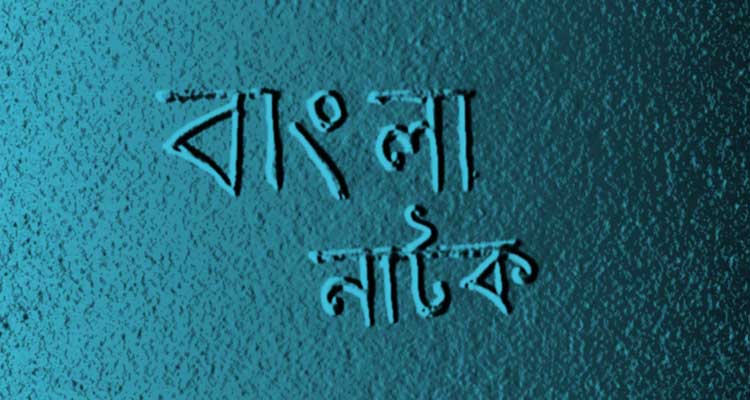Bengali Theatre
The blossoming Bengali theatre that you and I see today is not the bloom of just yesterday, but the collective hue of varied seasons over the last two hundred years. What once started off merely as an imitation of the tastes of our colonial masters has come a long way since then. It is to the city of Calcutta, the capital of the erstwhile British India, to which the roots of Bengali theatre may be traced. Beginning as a tool of protest against the British and as a catalyst to surging patriotism, it came to be used by the early Leftist movement in West Bengal to leverage effective social change. Gradually gaining in momentum, Bengali theatre soon evolved into a strong medium of expression for the then social, political and contemporary issues of relevance to the common Indian.
The birth of the European style proscenium stage for modern Bengali theatre was in fact more of a Russian legacy than an English one; it was in 1795 that a Russian violinist—cum-cultural worker Gerasim Stepanovich Lebedev, along with Bengali schoolteacher lover Goloknath Das, staged the first-ever recorded Bangla translation of English plays — ‘The Disguise’ and ‘Love is the Best Doctor’ in Kolkata. Subsequently by 1831, with the establishment of ‘Hindu Rangamanch’ by Prasanna Kumar Thakur and its staging of the English translation of Bhavabhuti’s Sanskrit drama ‘Uttar Ramacharitam’, the foundation stone for modern theatre in India could be said to have been laid.
What followed thereafter was the age of the amateur theatre of Bengal (1830-1872) marked by monumental milestones such as the establishing of Jorsanko Theatre by Dwarkarath Tagore, the Belgachia Natyashala (1858), and the National Theatre (1872) by Girish Ghosh. Some iconic Bengali plays of this era included ‘Naba Natak’ and ‘Kulinakula- Sarbasva’ (1854) (opposing polygamy) by Ramnarain Tarkaratna, Umesh Chandra Mitra’s ‘Bidhaba Bibaha’ (1859) (on widow-remarriage), and ‘Nil Darpan’ (1872) (the white man’s exploitation of the Indigo Farmers) by Deenabandhu Mitra. It was in fact on the strength of such political commentary in theatre that the British were forced into promulgating the Dramatic Performances Control Act of 1876, with which began the subsequent censorship of the arts.
By the early 19th Century, the epochal events such as the Bengali Partition (1905), the World Wars I & II, and the great famine of Bengali, Bihar and Orissa (1943-44) further stoked the simmering fires of Bengali theatre. And of course, another great event of this phase was the entry of Rabindranath Tagore with his emblematic plays like ‘Rakta Karabi’ (Red Oleanders), ‘Raja’ (The King of the Dark Chamber) and ‘Muktadhara’ amongst others. The founding of the Indian People’s theatre Association (IPTA) in 1943, Utpal Dutt’s ‘Little Theatre Group’ in 1954, and the influences of the Dhaka Theatre (Post liberation of Bangladesh) are important benchmarks in the journey of the Bengali theatre.
Contemporary Bengali theatre, as it stands today, with its own distinct aura and natya covers a vast spectrum of varied themes: may it be Krishna’s dilemma in the Kurukshetra war (as portrayed in Sohini Sengupta’s ‘Panchjanya’), religious fundamentalism (as debated in Tapanjyoti’s ‘Krishnapaksha’), our distressed futures (as enacted in Turna Das’s ‘Eklati’), or the challenges faced by an urban family (as shown in Prithunandan Ghose’s ‘Ebong Andhokar’). But no matter the distance already covered, or yet to come, the resounding and mellifluous echoes of the intrinsic folk and classical music traditions such jatra, kheur, khemta, and tappa shall continue to warm and remind the Bengali heart of whereto the roots originally led.
– Rohit Khare




Theater is a part of Bengali heritage. Very nice Article.